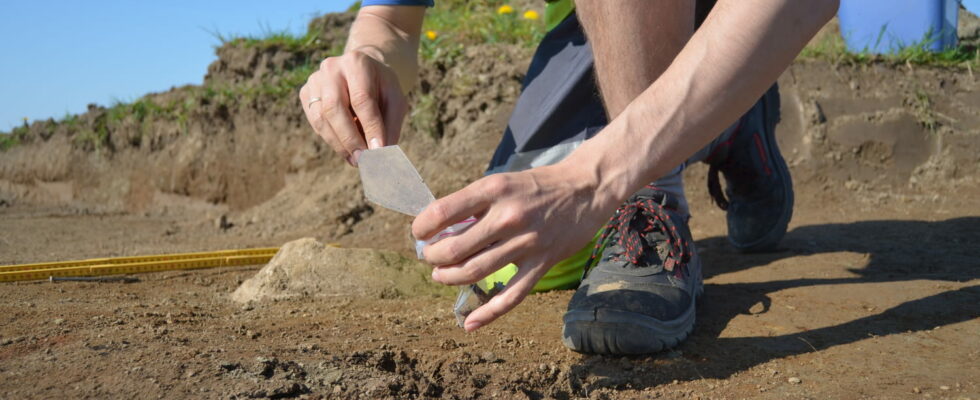Archaeologists have unearthed 13 Gallic burials in Dijon, a “particularly remarkable” discovery.
The Gauls constitute a people who intrigue again and again. The recent discovery of INRAP (National Institute for Preventive Archaeological Research) is thus remarkable. Thirteen exceptional burials from Gauls, dating from 300 to 200 BCE, were dug in Dijon.
Two excavations made in the 1990s, in rue Turgot in the heart of Dijon, had already revealed traces of occupations dating from the end of the Gallic period and antiquity. However, new preventive excavations made in the same place between October and December made it possible to discover thirteen Gauls buried in circular pits according to a Inrap press release. It is known that these pits are located near aristocratic dwellings, even sanctuaries or places of worship, far from the necropolises.
These burials come from protohistory, this period of transition between prehistory and history, and remain uncommon. “It is a major discovery, since there are only fifty individuals buried in this way in France and Switzerland”, spread over a dozen sites (nine in France and three in Switzerland), Underlines INRAP, rejoicing all the more since the state of conservation of skeletons is satisfactory.

Archaeologists were also intrigued by the position in which the bodies were found: they were seated, “the back in support against the eastern wall of the pit, looking towards the west”. “Their arms rest along the bust, their hands placed near the basin or femurs. Their legs are very flexed, often asymmetrically,” said the press release.
The fact that the bodies are positioned in the same way (an identical orientation, the careful arrangement of the bodies) evokes the representations in stone or metal of characters of the time. Inrap questions: “These burials evoke a practice probably intended for specific subjects: are these members from dominant families, warriors, ancestors, individuals linked to the political or religious sphere?” . Aside from a bra, no object was found with these remains.
The team of archaeologists will now have to study the bones. Of the twelve other sites already listed, all the remains were adults and male sex (when it was possible to assert it).
